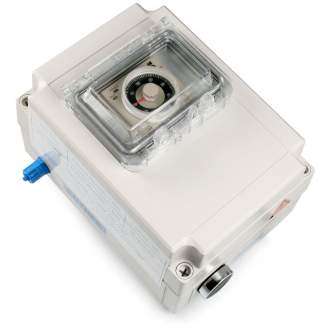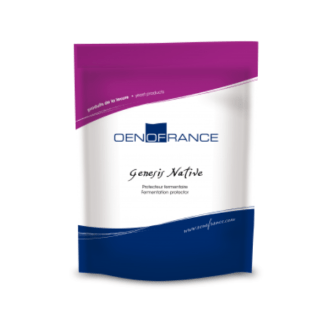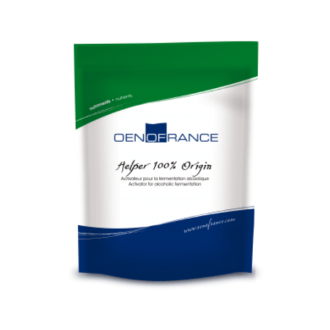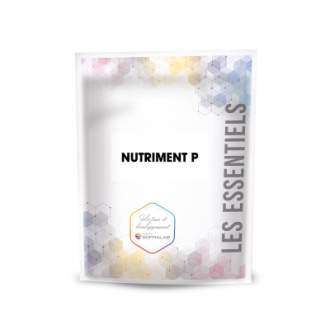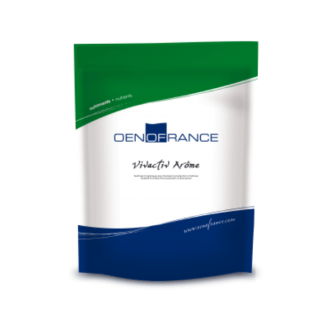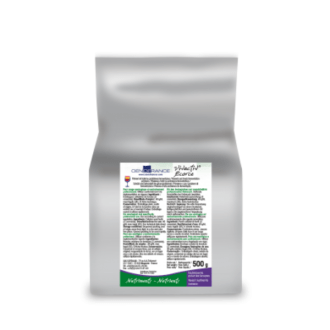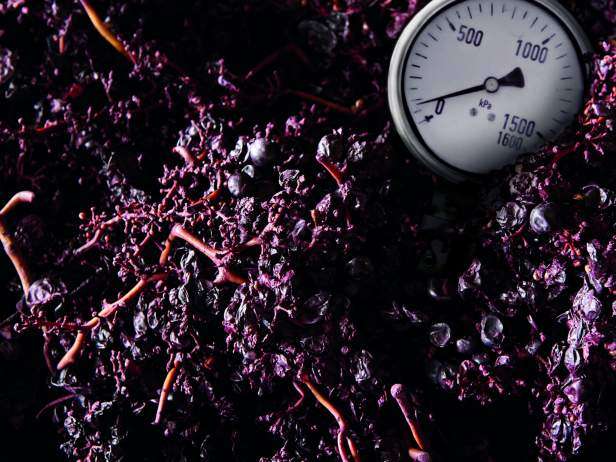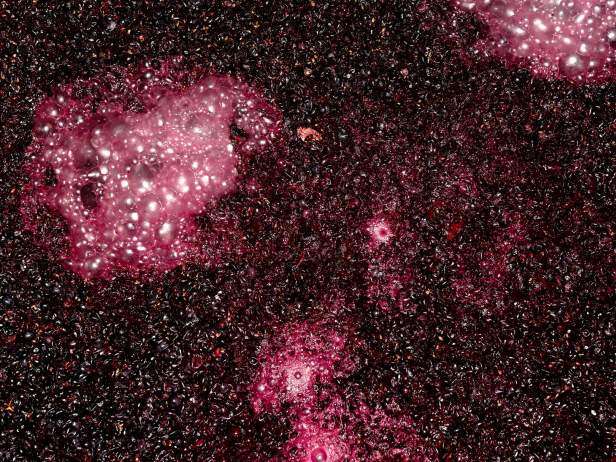Nutrition
Whatever their mission, all living beings do it best with a varied, balanced and appropriate diet at all times.
Yeasts are no different, and they need NH4 + at the beginning of fermentation to multiply and reach the appropriate population (100 to 120 million / ml), oxygen and amino nitrogen (peptides and amino acids) at the time of maximum activity and then detoxifying (yeast bark) to finish well.
To start an AFA with guarantees, the yeast requires 150 ppm of YAN, and to finish it well it needs 0.8 g TAN/g of sugar to ferment.
A must lacking in YAN is deficient in NH4+ since it is consumed during maturation in the plant's proteosynthesis process. If the ammonium represents over 50% of the FAN at the time of harvest, this drops to around 20%.
The smartfeed concept for the fermentation of a deficient must consists of providing DAP just after the AF to ensure an adequate population, and then O2 and amine N at the beginning of the stationary phase (approx. 30 density points) to ensure the survival of the yeast.
Special attention must be paid to the application order since O2 helps yeast to incorporate and metabolize peptides and amino acids for the synthesis of membrane elements. In the case of GAP > 13.5 a contribution at this time of detoxifying elements such as the bark will be appreciated by Saccharomyces at the end of the fermentation.
Inorganic nitrogen
The NH4+ ion from ammonia salts such as DAP is quickly consumed and stimulates cell multiplication. It is good at the beginning of fermentation to be able to reach a sufficient yeast population to guarantee a clean and complete AF.
However, during the stationary phase, contributions of NH4+ are counterproductive, since by stimulating the multiplication it gives important temperature peaks and alters the metabolism of the yeast.
DAP: Diammonium phosphate. Inorganic nutrient. 10 g/hl provides 27.4 mg.l of YAN.
Organic nutrients
Based on autolysates and/or partially degraded yeast bark, organic nutrients provide nitrogen in amine form (peptides and amino acids) as well as micronutrients and vitamins necessary for the proper development of AF, for example, amino acids such as glutamic acid, alanine, etc., which help to avoid the formation of hydrogen sulfide during AF.
In addition, organic nutrients participate in improving the balance in the mouth, with rounder and more persistent wines.
Although the yeasts that die during AF release this type of compound, this self-feeding comes late, when the living yeasts are no longer able to assimilate it.
Oxygen
Yeast does not live on nitrogen alone. Although alcoholic fermentation is an anaerobic process, we know that yeasts need oxygen at 2 specific times:
- During the multiplication phase to create biomass and reach a sufficient population to finish the AF well (100 to 120 million/ml).
- At the beginning of the stationary phase to reactivate the synthesis of survival factors, especially sterols and long-chain fatty acids, such as oleic and palmitoleic. In addition, oxygen has a fluidifying effect on the yeast membrane, helping the incorporation of incorporate organic nutrients (peptides and amino acids) that will be of great help to complete the AF and will participate in aromatic development.
Optimizes the oxygen supply in fermentation.
The management of oxygen inputs not only has an effect on the kinetics of fermentation but also on the aromatic quality of the wine.
Oxygen is essential for the proper development of fermentation. Nutrition is a significant concern for the winemaker, anticipating the behavior of yeasts and preserving aromas.
Other related topics
Yeasts
To transform must into wine completely and safely, to express the typicality and aromatic potential of the grape, or create it when it is scarce.
More informationPiloting
The success and organoleptic return from the AF are a direct function of the management of the fermentation parameters. Yeasts, native and selected, adapt the metabolism to implant in the medium as well as possible.
More information